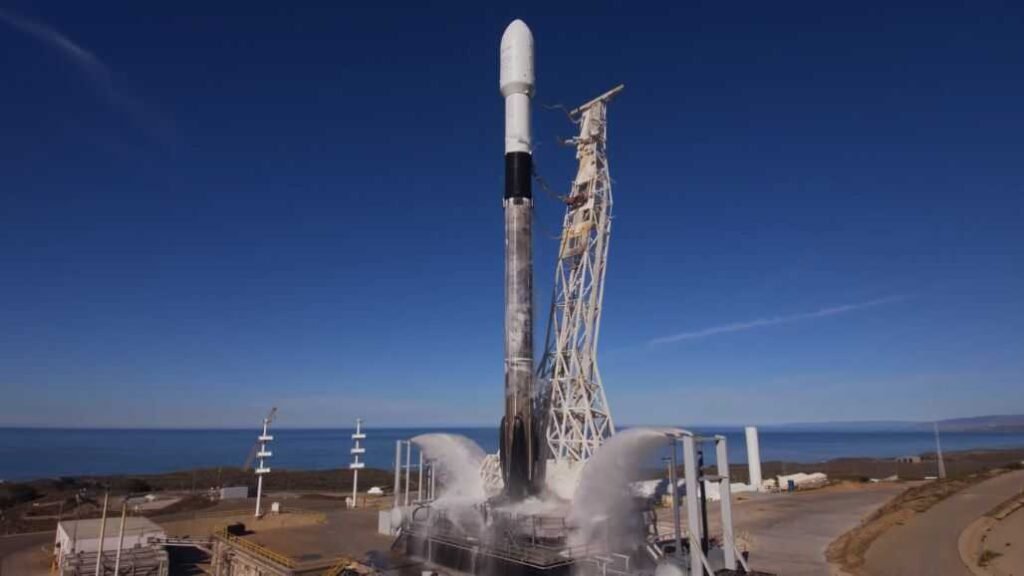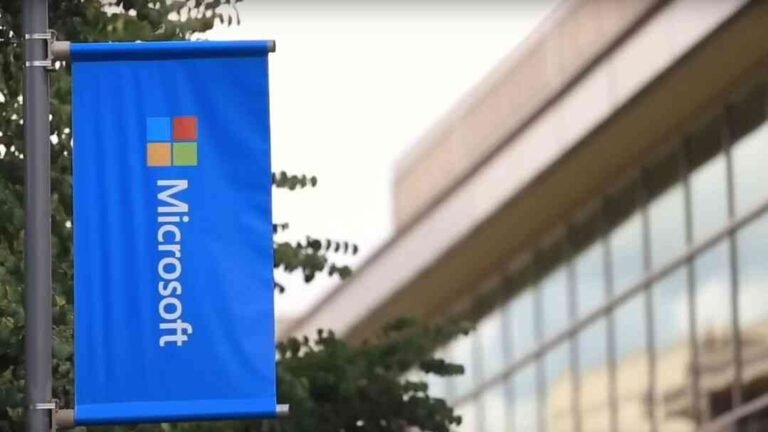SpaceX Launches Starlink Satellites : Advancing Global Internet Access
After a nearly week-long delay, SpaceX has successfully completed its first Falcon 9 launch of the month from Vandenberg Space Force Base.
In a significant milestone for satellite internet technology, SpaceX successfully launched another batch of Starlink satellites in 2025, strengthening its ambitious goal of providing high-speed internet access across the globe. This latest deployment adds to the rapidly growing Starlink constellation, which now consists of thousands of satellites orbiting Earth, offering seamless connectivity to even the most remote areas.

What Is Starlink?
Starlink is a satellite internet project developed by SpaceX, the private aerospace company founded by Elon Musk. Launched in 2019, Starlink aims to create a network of low-Earth orbit (LEO) satellites that can deliver fast, reliable, and affordable internet access worldwide. Unlike traditional satellite internet systems that rely on a few high-orbit satellites, Starlink uses thousands of small satellites in LEO, dramatically reducing latency and improving speeds.
As of 2025, Starlink has become a game-changer in regions with limited or no broadband access, including rural communities, developing nations, and areas affected by natural disasters.
Details of the 2025 Starlink Satellite Launch
On a clear morning in May 2025, SpaceX launched its 54th operational Starlink mission of the year from Cape Canaveral Space Force Station in Florida. The launch vehicle, the Falcon 9 rocket, carried 22 next-generation Starlink satellites into orbit.
The reusable first-stage booster successfully returned to Earth and landed on the drone ship “A Shortfall of Gravitas” stationed in the Atlantic Ocean. This marked the 14th flight for the booster, showcasing SpaceX’s impressive reusability model that significantly reduces launch costs and environmental impact.
Each of the deployed satellites is equipped with improved antennas and solar panels, enhancing both coverage and energy efficiency. The 2025 series of satellites also feature upgraded laser inter-satellite links, allowing the network to reduce dependency on ground stations and improve global coverage, especially in polar and oceanic regions.
Why This Launch Matters
This launch represents more than just another notch in SpaceX’s timeline. It has broader implications for:
1. Global Internet Connectivity
With this latest launch, Starlink now has over 6,000 active satellites in orbit. This enormous satellite constellation enables download speeds of up to 250 Mbps, which is comparable to or even better than some urban broadband services. It plays a crucial role in bridging the digital divide in underserved regions.
2. Disaster Relief and Emergency Services
Starlink has already proven vital in emergency situations, including earthquakes in Turkey, hurricanes in the U.S., and war zones in Ukraine. The new satellites will further improve responsiveness during crises by providing communication links when terrestrial infrastructure is compromised.
3. Support for Remote Industries
Industries like agriculture, mining, maritime, and oil exploration—often located in remote areas—can greatly benefit from reliable internet access. Starlink’s expanded network ensures that these sectors stay connected, boosting productivity and safety.
The Future of Starlink in 2025 and Beyond
SpaceX has plans to eventually deploy up to 42,000 satellites, as approved by the Federal Communications Commission (FCC). In 2025, the focus is not only on launching new satellites but also on enhancing user experience through better performance, more affordable pricing, and wider coverage.
In addition, SpaceX has started deploying Starlink Mini, a compact and more affordable version of the traditional user terminal. It’s designed for mobile users such as digital nomads, campers, and people living in vehicles or boats.
The integration of AI-powered traffic management systems is also helping Starlink maintain a stable and optimized network despite the growing number of users and satellites.
Environmental and Regulatory Concerns
While Starlink’s rapid expansion is revolutionary, it has sparked concerns among astronomers and environmentalists. The increased number of satellites contributes to space debris and affects astronomical observations. SpaceX is working with regulatory bodies and astronomers to mitigate these effects by adding anti-reflective coatings to its satellites and improving collision-avoidance technology.
Moreover, SpaceX has been collaborating with international space agencies to ensure that its satellite operations remain safe, sustainable, and transparent.
Public Reception and Market Impact
As of 2025, Starlink has over 3 million subscribers globally. The service is especially popular in countries with limited infrastructure like India, Brazil, Nigeria, and Indonesia. Governments and private institutions alike are exploring partnerships with Starlink to modernize education, healthcare, and communications.
Stock market analysts view SpaceX’s satellite division as a strong revenue driver, with Starlink’s valuation alone estimated at $70 billion, making it one of the most valuable private ventures in the tech sector.
Conclusion
The 2025 Starlink satellite launch is yet another example of SpaceX’s relentless innovation in space and communication technology. With each successful mission, Starlink is not just connecting homes, villages, and cities—it’s redefining how the world accesses and uses the internet.
As SpaceX continues to push the boundaries of what’s possible, the dream of universal internet coverage moves closer to becoming a reality. Whether you’re a remote worker, a traveler, or someone living off-grid, the Starlink constellation launched in 2025 brings the digital world closer to you than ever before.






